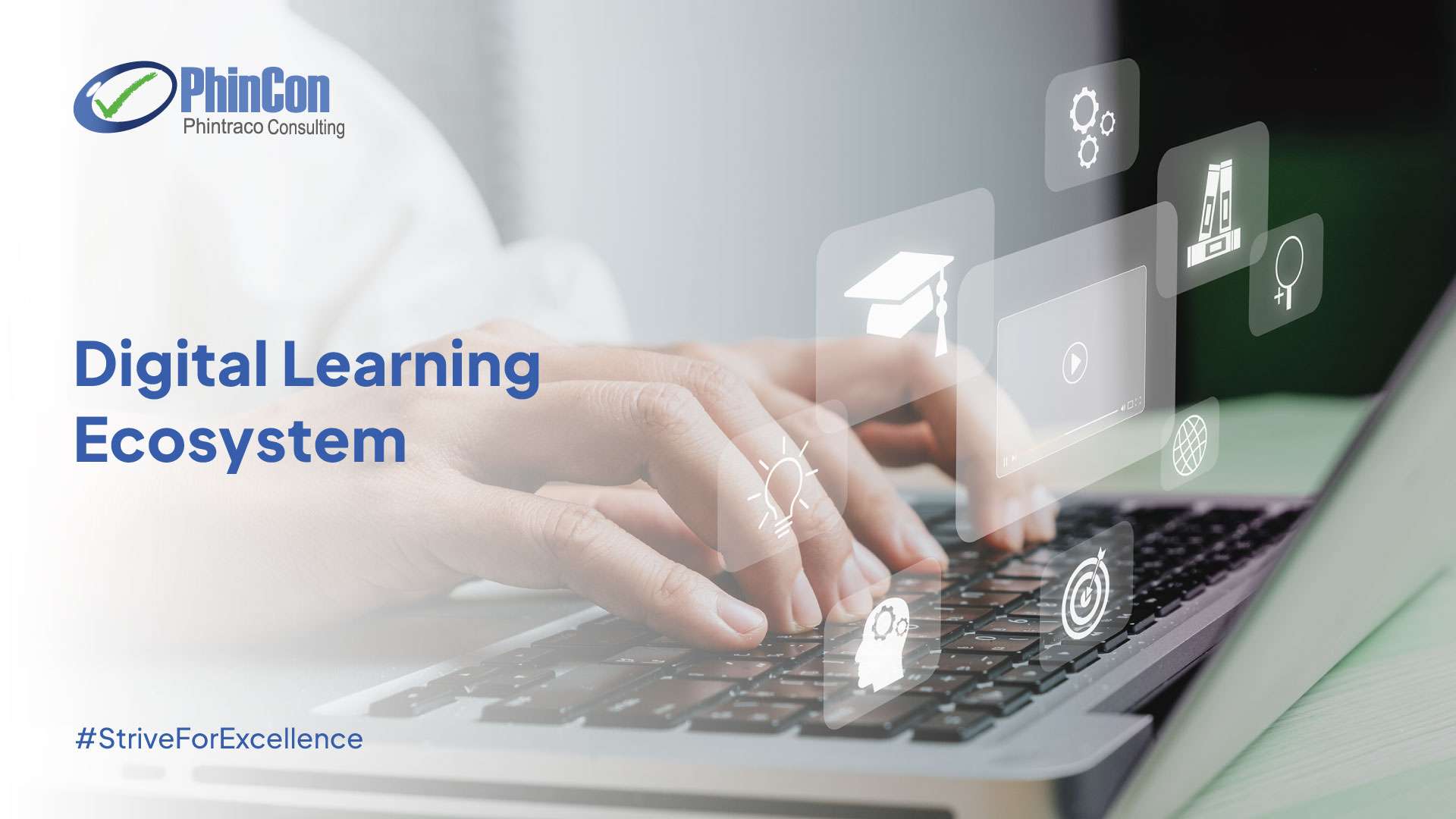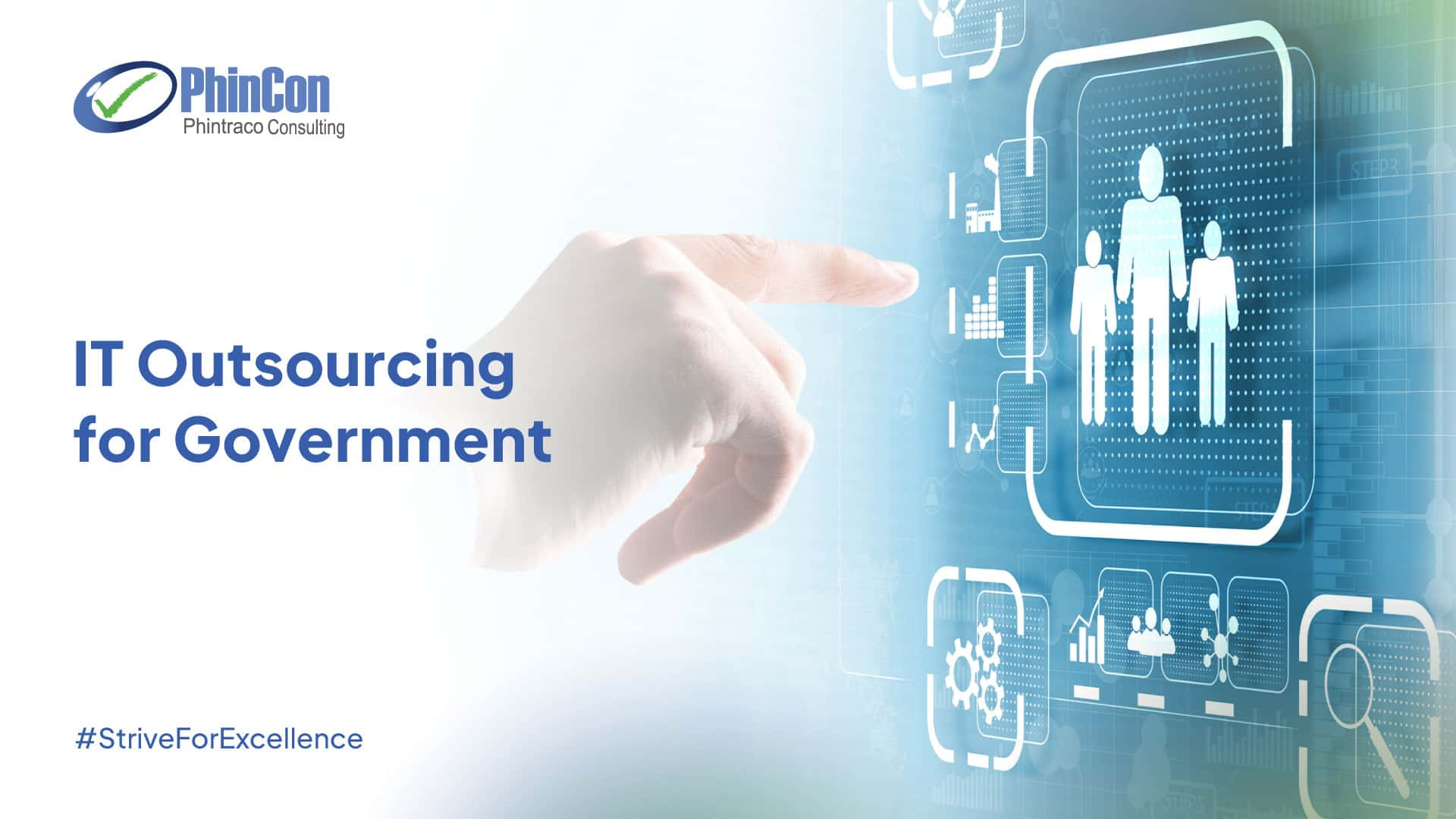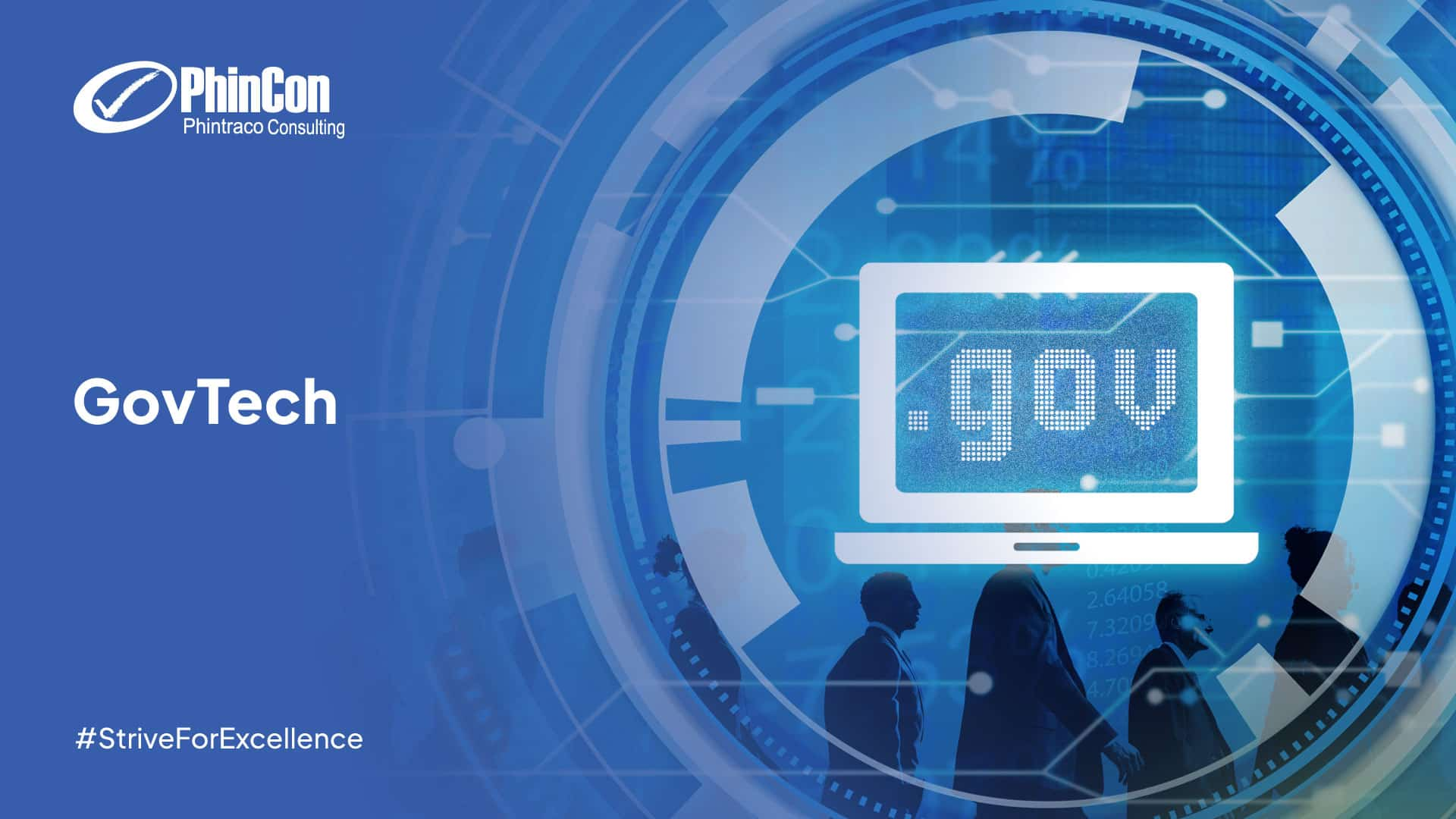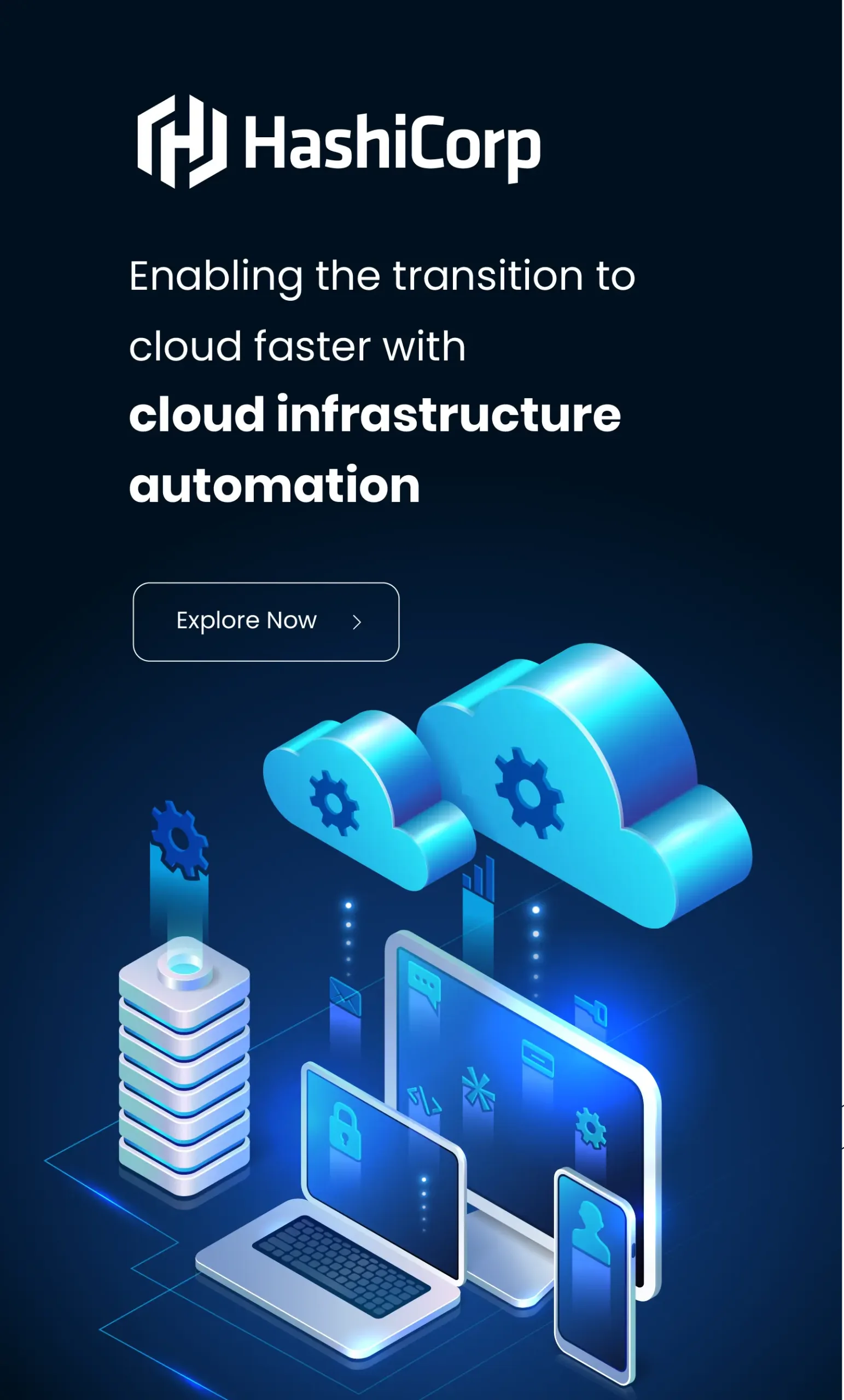Blog and News

Digital Learning Ecosystem: Definition, Benefits, and Challenges
For decades, traditional learning environments relied on physical classrooms, printed books, and face-to-face interactions. While effective in its time, traditional learning often has limited access to knowledge and collaboration. With the rise of digital technologies, the learning process has undergone huge changes. The digital learning ecosystem now connects learners, educators, and educational resources in a centralized platform that’s accessible everywhere and anywhere.
This innovation breaks down geographical barriers, enables personalized learning, and fosters real-time communication and collaboration. This shift is a needed transformation that redefines how students learn their skills and share knowledge. Let’s delve deeper into the digital learning ecosystem, its benefits and challenges, and how you can implement it.
What is the Digital Learning Ecosystem?
A digital learning ecosystem is an interconnected system of digital tools, technologies, content, people, and processes designed to facilitate and enhance personalized learning experiences integrated into daily workflows. It acts like a living ecosystem where various components work seamlessly together to support continuous learning, skill development, and performance improvement in organizations or educational settings.
Key characteristics in the digital learning ecosystem include integration of technologies, personalization, collaboration, data-driven insights, and learning flexibility. The digital learning environment includes human components (learners, educators, mentors) and non-human components (technologies, content, policies, infrastructure), all interacting dynamically to create a balanced and sustainable learning ecosystem.
What are the Components of the Digital Learning Ecosystem?
Several important components build the digital learning ecosystem:
- Learning Management Systems (LMS): Centralized platforms where learners can access course materials, resources, and assignments.
- Collaboration Tools: Technologies that enable interaction and communication among learners, teachers, and other collaborators to facilitate cooperative learning.
- Data Analytics and Assessment Tools: Systems to track learners’ progress, engagement, and outcomes for continuous improvement and personalized learning.
- Digital Content: Captivating and diverse digital materials, such as videos, interactive modules, and gamified elements that cater to various learning styles.
- Strategy and Governance: Clear strategy, policies, sufficient resources, and continuous evaluation underpin an effective ecosystem by maintaining alignment with organizational goals and evolving learners’ needs.
Benefits and Challenges of Digital Learning Ecosystem
Unlike traditional learning that depends heavily on physical classrooms and fixed schedules, the digital learning ecosystem introduces a new way of education. It offers greater flexibility, wider accessibility, and continuous innovation in how people learn. But this modern approach is not without its drawbacks. Along with the benefits come unique challenges that must be carefully addressed to ensure digital learning remains effective and sustainable. Some of the benefits and challenges in the digital learning ecosystem are:
Benefits of Digital Learning Ecosystem
- Flexibility and Accessibility: Learners can access learning materials anytime and anywhere on multiple devices, allowing self-paced study and convenience for diverse schedules.
- Personalized Learning: Content can be tailored to individual learner needs and preferences. This will enhance learners’ engagement and address specific areas for improvement.
- Cost-Effectiveness: Digital learning ecosystem reduces costs related to physical space, travel, printed material, and in-person instruction, benefiting both institutions and learners.
- Scalability: Educational content can be delivered to a large number of learners across geographic boundaries. This can overcome the limits of traditional space and instructors.
- Support Distance Learning: The digital learning ecosystem enables remote learning and peer interaction through online discussion boards, bridging the gaps of location.
Challenges of Digital Learning Ecosystem
- Technical and Integration Complexity: Merging multiple platforms and technologies into a unified system can be resource-intensive and complicated.
- Content Overload: Some learners may feel overwhelmed with too much new digital material without clear guidance or curation. This can cause confusion and disengagement.
- Resistance to Adoption: Some users may resist new technologies in the digital learning environment due to a lack of digital literacy or perceived lack of value.
- Quality Control: Continuous oversight is required to ensure that the digital materials remain current, relevant, and aligned with goals.
- Dependence on Connectivity Issues: Learners without stable internet or adequate devices may face barriers to optimal learning experiences, potentially widening the inequality between learners.
How to Implement a Digital Learning Ecosystem?
After knowing about the benefits and challenges, let’s proceed to the next steps: how to implement the digital learning ecosystem. Here’s what you can do to design a digital learning ecosystem:
Conduct a Thorough Needs Assessment
Start by evaluating your current technological infrastructure, teaching methods, and the specific needs of educators and learners. It helps identify gaps and ensure any new technology aligns with the institution’s educational goals. This makes the selection of digital tools for learning more purposeful and effective.
Develop a Unified Digital Plan
Create a clear plan to integrate various digital tools and platforms into a cohesive system that works seamlessly together. Prioritizing interoperability allows different technologies to communicate and function within an integrated environment, which can improve teaching and administrative processes.
Invest in Professional Development
Provide ongoing training and support for educators to enhance their digital literacy and pedagogical skills. Equipping teachers to confidently use digital tools ensures that technology enhances teaching rather than complicates it, thereby enriching learners’ learning experiences.
Prioritize Accessibility and Inclusion
Choose digital platforms that accommodate all learners, including those with disabilities, by applying universal design principles. This inclusivity fosters equitable learning opportunities and complies with legal standards, ensuring no student is left behind in the digital transformation.
Encourage a Collaborative Learning Culture
Encourage interaction and knowledge-sharing through digital platforms that support group projects, discussions, and peer feedback. This collaboration builds community among learners and educators, enhances engagement, and develops critical thinking and teamwork skills among learners.
Maintain Ongoing Evaluation and Improvement
Assess the effectiveness of the digital ecosystem regularly through feedback from stakeholders (including learners, educators, etc.) and data analytics. Continuous evaluation enables timely adjustments to keep the system aligned with evolving educational needs and technological advancements.
Empower Your Digital Learning Ecosystem with Hassle-Free IT Outsourcing from PhinCon
Building and maintaining a robust digital learning environment requires the right technology and the right people to ensure its success. PhinCon Pte Ltd empowers your organization by providing hassle-free IT outsourcing solutions, ensuring you have access to top-tier Indonesian IT experts or skilled remote talent from Indonesia without the complexity of managing internal resources.
Our end-to-end IT outsourcing solutions cover sourcing, screening, recruitment, salary, benefits, and tax administration, helping you to focus on driving innovation and delivering impactful learning experiences. We provide IT experts of various roles, including Android Developer, iOS Developer, Fullstack Developer, Golang Developer, Mobile Developer, Quality Assurance, DevOps, Business Analyst, Solution Architect, Project Manager, L2 Operation Support, and more.
Backed by our strong partner network, vast candidate database, and graduates from PhinCon Academy’s IT bootcamp, we deliver the right talent fast, helping you scale efficiently and effectively. Empower your digital learning ecosystem today with PhinCon’s trusted IT outsourcing expertise. For more information, contact us through email sales.sg@phincon.com.
Editor: Trie Ayu Feminin & Irnadia Fardila
Popular Posts





